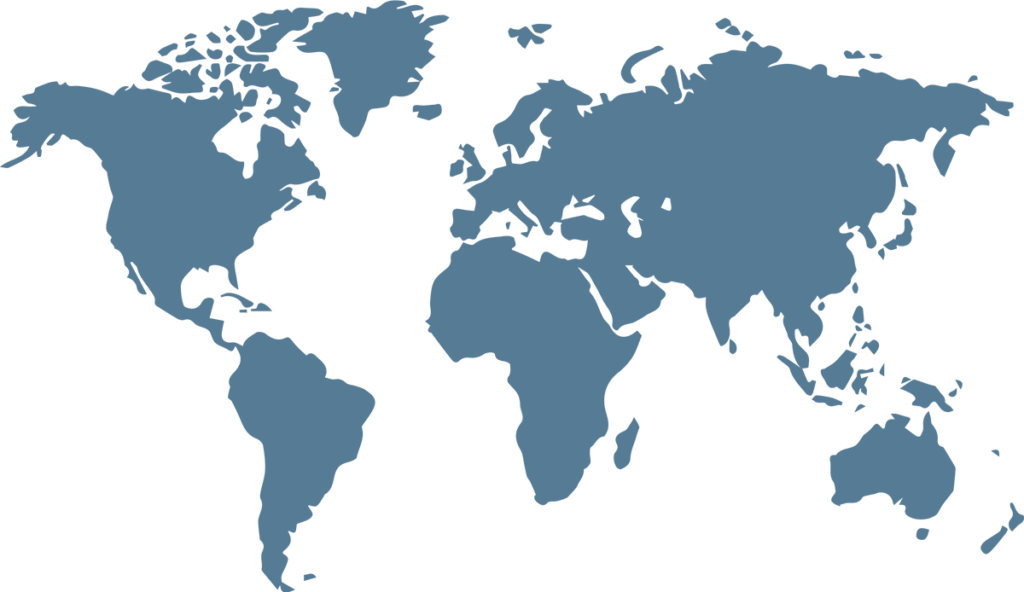Monday, Oct. 9, is Indigenous Peoples’ Day, replacing Columbus Day in many places. In 2019, Gov. Brad Little issued a proclamation celebrating the day in Idaho.
But what is it and why should anyone care?
Indigenous Peoples’ Day began as a movement in 1992 to honor the more than 1,000 Indigenous cultures within the United States. It is estimated prior to 1491 the Indigenous population of the Americas was twice the size of Europe.
The first celebration was also a protest to the 500th anniversary of Columbus landing in North America which ultimately led to the death of thousands of Indigenous people.
Slowly over the last 31 years, Indigenous Peoples’ Day has begun to replace Columbus Day in many cities and states, with numerous people citing Columbus as representing the violent colonization of the Western Hemisphere by Europeans. In 2021, President Joe Biden became the first president to commemorate the holiday with a proclamation.
How violent is the past? Since the Pequot War of 1637-1638, European colonists viewed Indigenous people as a threat to expansion, political security and land ownership. Author Mark Stein in his book “American Panic” said because the Indigenous people were not Christian, had different languages and cultural ideas, the colonists began a systematic process of eradicating Native people.
Included in the process was a war of words, where Indigenous people were seen as less than human, often given animal characteristics and subject to forceable removal from traditional lands as colonists expanded their territory.
Perhaps what disturbed the early colonists the most, aside from Native’s lack of Christianity, was the fact so many tribes are led by women, and that men and women have equal rights in their society. In many tribes, women were not only chiefs, but warriors (the Da’nawa-gasta or “sharp war” was a group of especially vicious female warriors), medicine women/healers and educators.
Also, in many tribes, men would join the woman’s clan on marriage and women were allowed to divorce their husbands, all foreign concepts to the more puritanical Europeans.
Later, under President Andrew Jackson, the Indian Removal Acts relocated many tribes from their ancestral homes. Jackson even called Natives “savages” during a state of the union address, implying the forced removal was “no more painful” to them than Europeans voluntarily leaving their homes to come to the U.S. The forced Trail of Tears marches across America in winter were far more gruesome than any difficult ocean voyage.
Following the Indian Wars, which included events such as the Sand Creek Massacre and the Battle of Wounded Knee, the U.S. government and others developed another attempt to eradicate the Natives by establishing boarding schools.
In the schools there was an attempt to “civilize” Native children by erasing their culture, teaching them menial jobs such as cooks/bakers and servants, still outside “polite society.” We are now discovering how many thousands of children died in the schools, and how traumatized tribes have been since the schools were established.
Still, Native cultures survived. Despite the lack of recognition, Indigenous people continue to benefit society as writers, educators, musicians, scientists, business entrepreneurs, athletes, artists, soldiers/code talkers during the world wars, and others.
And while most Americans have enjoyed their citizenship since 1780 or whenever their ancestors arrived on the shores, Indigenous people were not granted U.S. citizenship until 1924. Native Americans were also denied civil rights under the 1964 Civil Rights Act, forced to wait until the Indian Civil Rights Act of 1968 to be recognized by the country.
In the meanwhile, Indigenous people greatly influenced U.S. culture by leading in sports, agriculture, mythology/literature, music (especially rock, country and blues), and contributing words to the English language including states (Idaho and Wyoming), cities and trees.
Just like people of European, Asian, African, Hispanic and other cultures, Indigenous people have pride in their cultures and histories that we celebrate our history and the fact we are still here.
Source: Idaho Capital Sun


